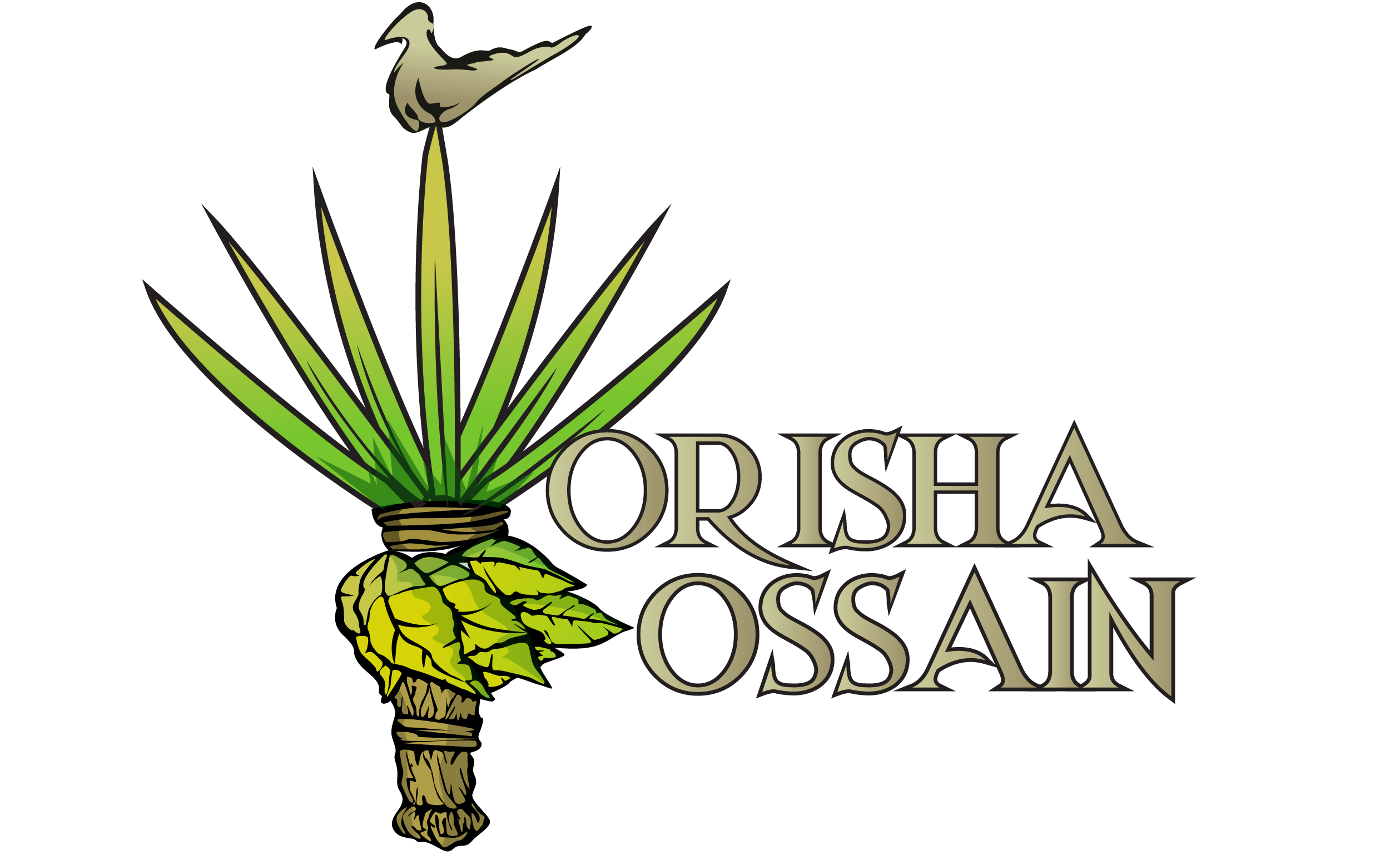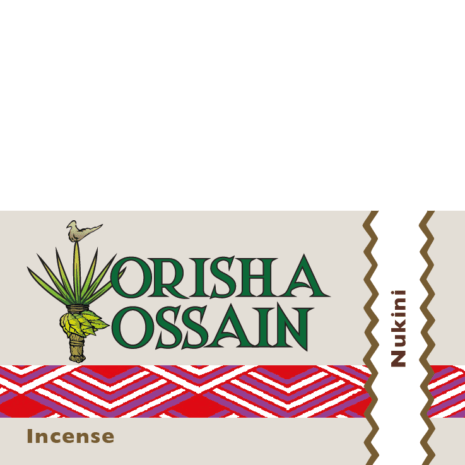Rapé Nukini
From: $19.73
A new fresh batch of rapé Nukini. This is Rapé Pau Pereira made in the energy of the Nukini tribe. Pau Pereira has a long history in Brazil. In Rapé a part of this history is that Pau Pereira is often and mistakenly called Tsunu.
Rapé Nukini
This Nukini Rapé is Pau Pereira. It is one of the older and wider spread varieties of Rapé. Various tribes, caboclos, and others work with and make this variety. Pau Pereira is made with Arapiraca and the ash of the Platycyamus regnellii tree. This is a straightforward Rapé, just Arapiraca, and Pau Pereira bark ash. It’s quite powerful. This Pau Pereira comes from the Nukini tribe.
About Pau Pereira/Platycyamus regnelli
Platycyamus regnellii is a deciduous tree with a dense, globose crown; it can grow 10 – 20 meters tall. The bole can be 40 – 60cm in diameter. The Brazilian forest has many medicinal plants. One of the ten most important ones is Tsunu (Platycyamus regnellii). It’s a folk medicine and is used to treat malaria, impotence, indigestion, dizziness, constipation, and fevers.
The first scientific records of the use of the Pau-Pereira in medical treatment appeared in theses of the medical school of Rio de Janeiro and in the medical journal Fluminense (1861-1923). Among other citations, appears on the first prescription for herbal baths obtained from cooked Tsunu shells. The Brazilian physician Joaquim José da Silva (1791-1857) prescribed this remedy to his sister’s slave, who suffered from fever.

The Nukini Tribe
The Nukini belong to the Pano linguistic family and are about only 750 members. The tribe suffered severely during the era of latex production and afterward. The Nukini lost A huge part of their culture, including their language. almost the entire ethnic group disappeared (Aguiar 2012). Due to this decline in members, many Nukini people had to mingle with members of other ethnicities in order to survive.
Exploitation and violence that started with the rubber industry, have turned into drug traffickers, loggers, and hunters that still pose a threat to this tribe. Despite all these challenges that the Nukini people had to face, at the present time.
The Nukini have a stable socio-economic situation and pursue economic activities like fishing and hunting, while there are also many nutritious plants, like mango, soursop, coconut, cashew, and jackfruit. And also pineapple, lemon, Barbados cherry, guava, avocado, pupunha, cupuaçu, and papaya nourishes the tribe. Yet the Nukini managed to survive by mingling with other groups and tribes. They build a strong socio-economic structure that enables them to be in close connection with nature that surrounds and feeds them.
Would you like to know more about the Amazon indigenous tribes? Have a look at this interesting website
Tepi and Kuripe
Have a look at the collection of Tepi and Kuripe. Various styles from different artists are available.  Tepis receiving blessings from their creators
Tepis receiving blessings from their creators
Handling & Sorting
I sieve this Rapé Nukini and all other snuff coming from my shop through a 120-micron high-grade stainless steel mesh. I also store the Rapé stock dry and in vacuum containers to prolong freshness and quality.
This results in.
- an extremely fine powder.
- a guaranteed consistent fineness
- optimal absorption of the snuff






